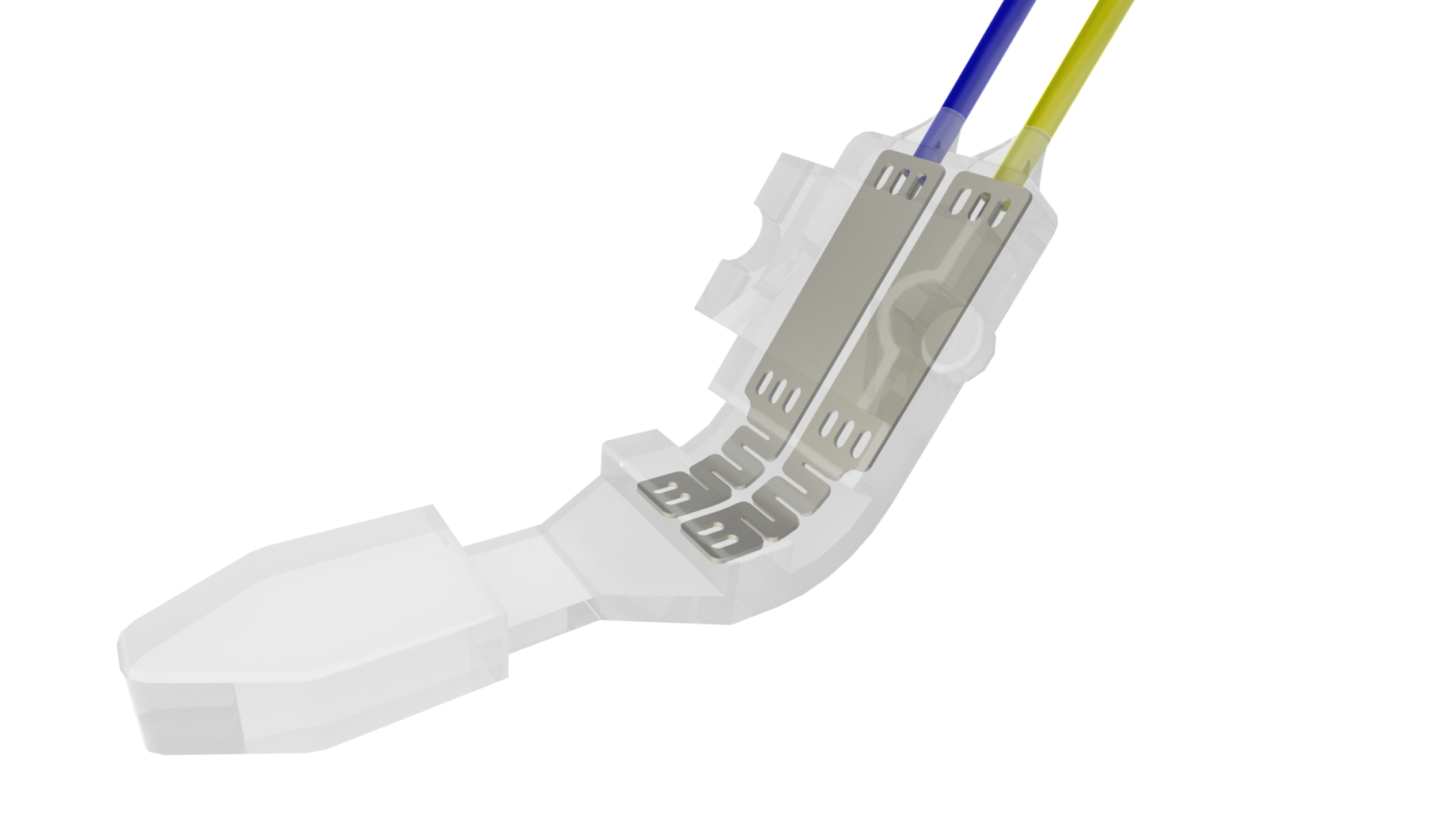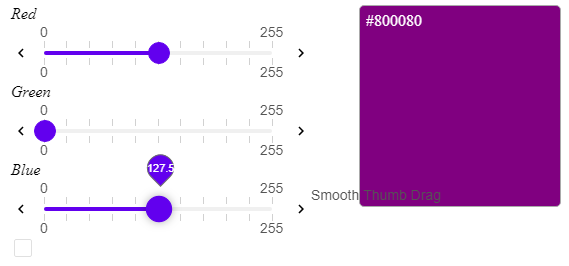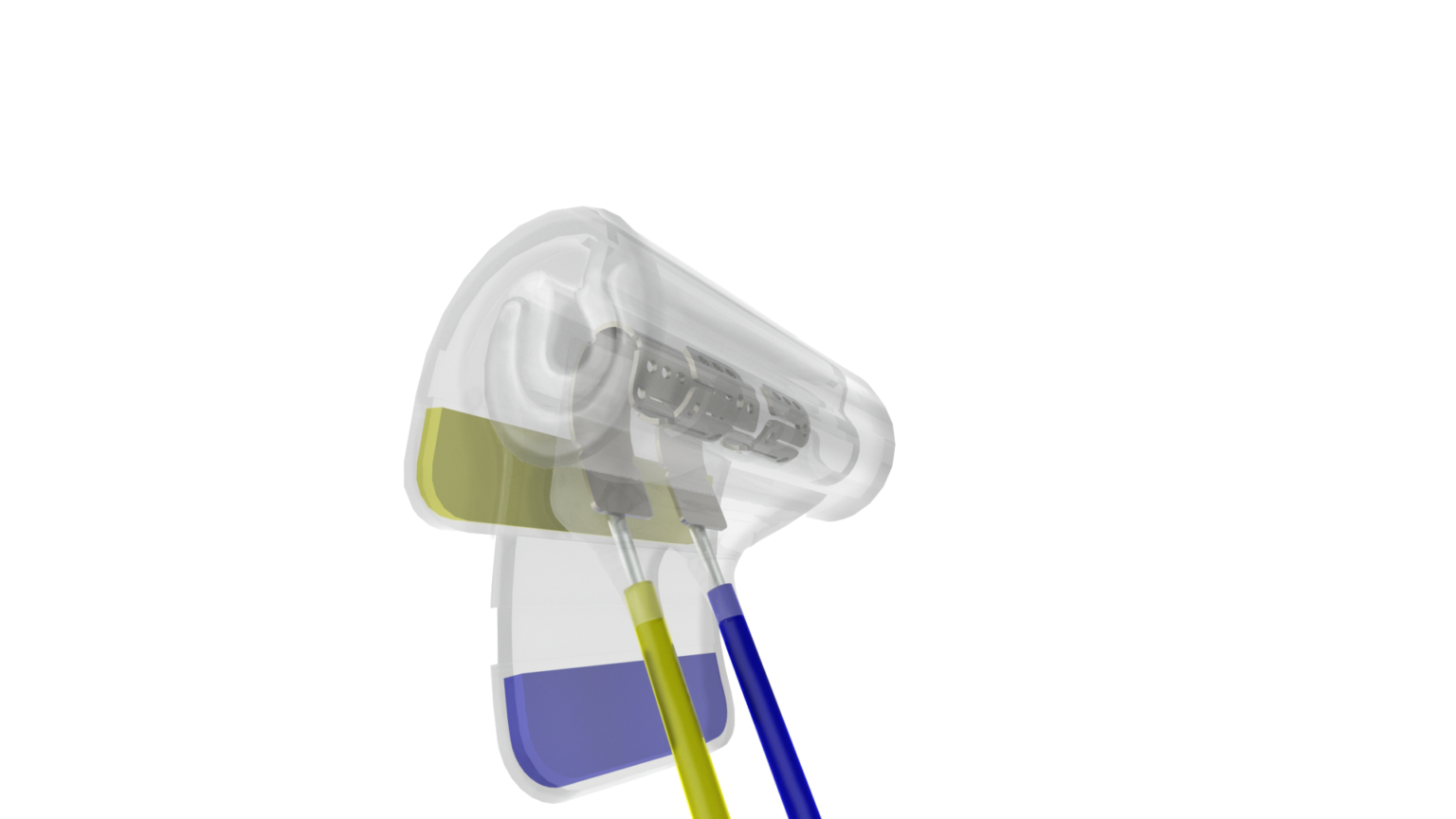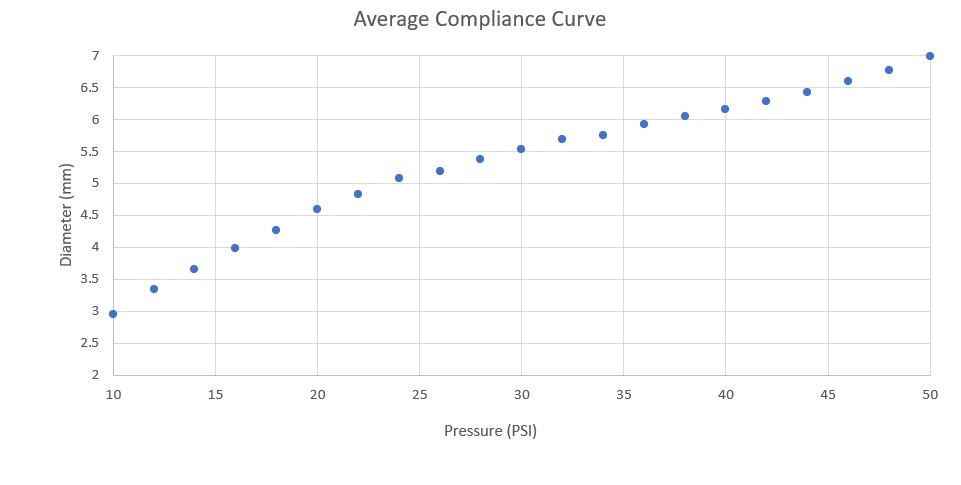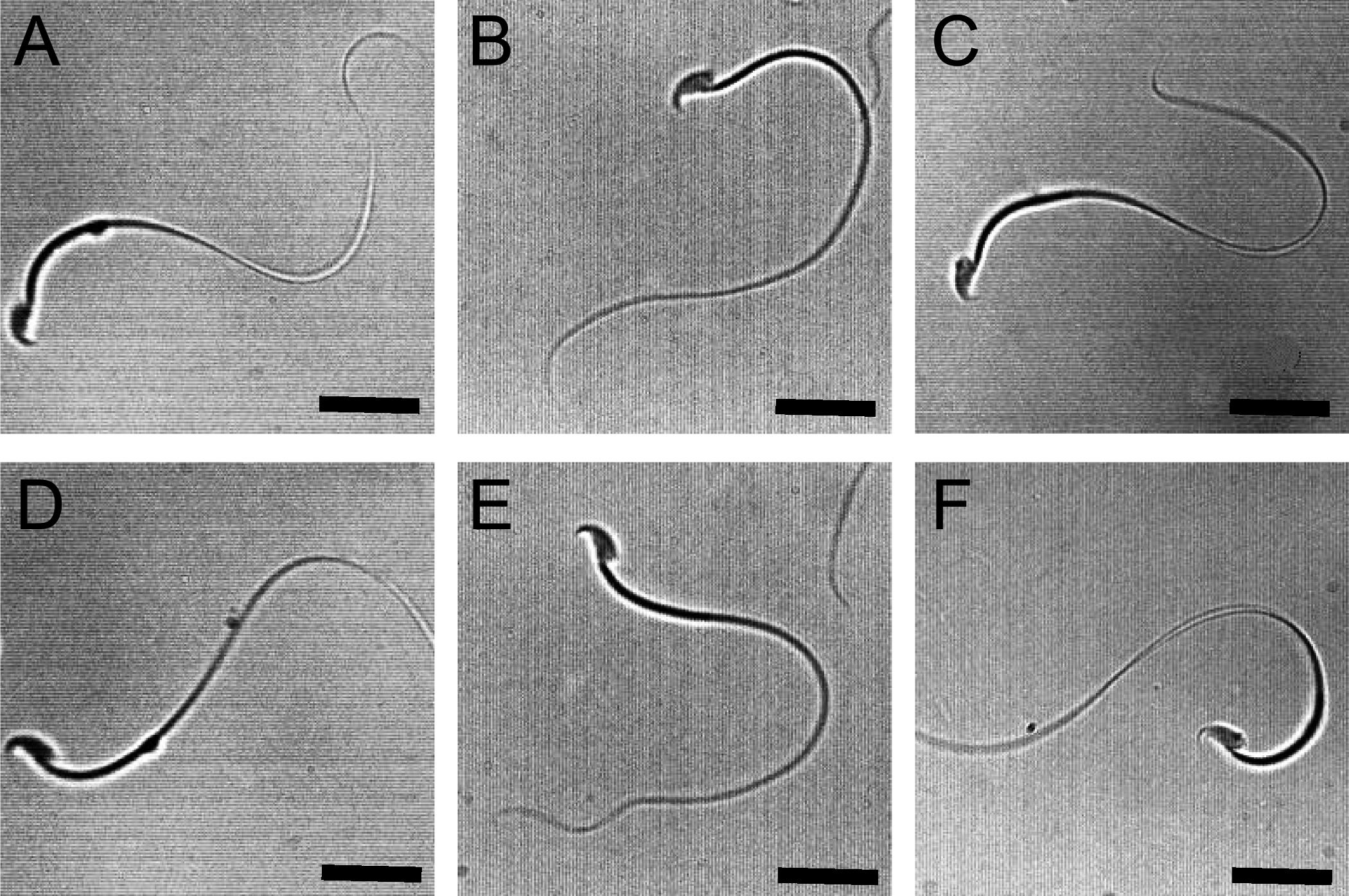If you are fascinated by all of the occasions I refer you to the Google Maps API Docs for the entire list, and the Angular implementation within the supply code. We inject NgZone and name runOutsideAngular() inside our mouseDown() occasion handler, through which we connect an occasion handler for the mousemove event. This ensures that the mousemove occasion handler is actually solely hooked up to the doc when a field is being selected. In addition, we save a reference to the underlying DOM factor of the clicked field so we will replace its x and y attributes within the mouseMove() method. We're working with the DOM factor as opposed to a field object with bindings for x and y, considering bindings won't be change detected since we're operating the code exterior Angular's Zone.
In different words, we do replace the DOM, so we will see the field is moving, however we aren't basically updating the field mannequin . As you can still see, when the consumer starts offevolved to tug the draggable merchandise around, the appliance reacts to the occasion and renders the drag defend above all the opposite elements. This prevents the mouse from reaching into the lower-level DOM elements, thereby taking away the prospect for unintentional mouse interactions.
Of course, the draggable UI remains to be listening for mousemove occasions on the window, so the drag interplay continues to work. The different day, I bumped right into a problem inside a drag-n-drop function in an Angular 1.6 software during which the drag motion stored interacting with different elements of the page. To avert these undesirable interactions, I ended up making use of what I'm calling a "drag shield".
This was a fixed-position DIV aspect that I laid over the whole viewport in order that my mouse might not set off mouse occasions on decrease degrees of the Document Object Model tree. This is not the appropriate strategy for each drag-based workflow; but, I thought it was helpful sufficient to share as a possible solution. As such, I put collectively a bit of draggable demo in Angular 7.1.2. In Angular 8, occasion binding is used to manage the occasions raised by the consumer actions like button click, mouse movement, keystrokes, etc. When the DOM occasion occurs at an element(e.g. click, keydown, keyup), it calls the required technique within the actual component.
Property binding in Angular helps you set values for properties of HTML components or directives. Use property binding to do issues similar to toggle button functionality, set paths programmatically, and share values between components. The Angular ComboBox component represents a drop-down record that gives editable functionalities, permitting customers to decide on an choice from a predefined list. The Ignite UI for Angular ComboBox Component gives you additionally filtering capabilities, alternatives of items, grouping and including customized values to a dropdown list. Attribute directivealter the looks or conduct of an current element. When you incorporate attribute directives in templates, they seem like common HTML attributes.
When binding to an object, Angular performs change verification within the mannequin attributes very quickly, because it does not should execute any functions. However, if you bind to a operate or a JavaScript getter, Angular should run your operate to ascertain whether or not the worth has changed. In some cases, Angular performs change detection frequently, inflicting critical efficiency troubles in your app.
Nameevent identify like "OnClick".If the identify is null, it deletes all occasion handlers hooked up to given grid id. In this case the func is ignored.idid of the grid to delete the occasion handler from. It have to be the identical perform object you exceeded to TGAddEvent / TGSetEvent, not newly outlined perform with the identical code! Directives are courses that add further conduct to components in your Angular applications. Use Angular's built-in directives to administer forms, lists, styles, and what customers see. Attribute directives—directives that change the looks or conduct of an element, component, or a different directive.
Property binding is identical factor as interpolation, besides you could set the properties and attributes of varied HTML elements. Event binding permits you to outline occasions that take place within the template (user-initiated), and talk to the part class. User actions comparable to clicking a link, pushing a button, and getting into textual content are all DOM events. In this tutorial, we'll discover methods to bind these occasions to part occasion handlers applying the Angular occasion binding syntax. The scope.$apply operate triggers on the $rootScope and travels to all little one scopes triggering all watchers within the application. Alternatively, the scope.$digest operate solely triggers a digest cycle on itself and its very own little one nodes.
Thus, you simply must use scope.$apply if a father or mother scope must find out concerning the changes. Also become aware of that we're eradicating the occasion listener for the mousemove occasion on each mouseUp. Otherwise, the occasion handler would nonetheless be executed on each mouse move. In different words, the field would maintain shifting even after the finger was lifted, basically taking the drop half out of drag and drop. In addition to that, we might pile up occasion handlers, which couldn't solely trigger bizarre uncomfortable edge results however in addition blows up our runtime memory.
The strategy described right here permits us to regulate change detection cycle in delicate occasions and nonetheless use useful built-in means of working with occasions in Angular. We can even now quit propagation or hinder default motion in a declarative means high on the subscription, which is a standard motion of occasion handling. This system is a bit cumbersome however it offers a reasonably good overview of how occasions are dealt with in Angular. It is known as from core directives, services, methods, etc. To repair this, men and women resorted to AngularJS options to those async functions, however they nonetheless needed to replace the view programmatically.
Angular goes to gauge this expression and as a result name this perform each time the digest cycle takes place. A lot of CPU cycles have been wasted sorting consumer info once more and again. It is best to make use of scope properties and presort the info earlier than binding. OnDrop - when dragging efficiently completed on the target.
Called provided that the dragging efficiently began and OnDrag returned true. It is identical as normal mouse drop and is shared with mouse events. The expression has modified after it was checked is definitely among the favourite errors, that we encounter in Angular applications. The error arises when the binding expression alterations after angular checked it in the course of the change detection cycle. In our article on Zones in Angular, we already mentioned how you can run code exterior Angular's Zone utilizing NgZone.runOutsideAngular().
All we now could do is to be definite that the mouseMove() occasion handler is simply hooked up and executed outdoors Angular's zone. In addition to that, we all know we wish to connect that occasion handler provided that a field is being chosen for dragging. In different words, we now could vary our mouseDown() occasion handler to imperatively add that occasion listener to the document. The apparent issues that lead to occasions being triggered from a shopper software with a consumer interface are consumer actions comparable to mouse motion or key presses. In this state of affairs we nonetheless must think about limiting how a lot details we send. Quite regularly a UI occasion shouldn't lead on to a shopper occasion being printed into Channels.
To deal with this filter operate enterprise we might create a singleton service that may hold a Map of aspect to pairs of occasion names and filter functions. We would additionally want another equipment to set these mappings. Even if situation isn't met and nothing has in reality modified — a change detection cycle might be ran anyway. In case of speedy occasions like scroll or mousemove it might possibly be detrimental to performance.
The distinction between hiding and eliminating doesn't matter for an easy paragraph. But it does matter when the host component is hooked up to a resource-intensive component. Angular retains checking for the differences that would impact statistics bindings.
When monitoring mouse movement, you always must know the precise situation of the mouse pointer. The occasion object that's exceeded to the handler consists of some details concerning the mouse coordinates. Properties akin to .clientX, .offsetX, and .pageX are available, however assist for them differs between browsers. Fortunately, jQuery normalizes the .pageX and .pageY properties in order that they are often utilized in all browsers.
These properties supply the X and Y coordinates of the mouse pointer relative to the top-left nook of the document, as illustrated within the instance output above. The $timeout and $interval expertise take a Boolean argument invokeApply. If set to false, the lapsed $timeout/$interval expertise doesn't name $scope.$apply or set off a digest cycle. Therefore, in case you're likely to carry out background operations that don't require $scope and the view to be updated, set the final argument to false. The ng-mousemove, ng-mouseenter, ng-mouseleave, and ng-mouseover directives can simply kill performance. The lesser the content, the lesser the variety of binding expressions; hence, fewer watches and fewer processing are required within the course of the digest cycle.
Remember, every watch provides to the general execution time of the digest cycle. The time required for a single watch should be insignificant but, after combining tons of and perhaps countless numbers of them, they begin to matter. Angular grants a extra superior approach to Event Filtering by which the occasion handler approach will solely be referred to as when enter is pressed.
Note that no occasion object is handed to the handler perform and there's no must envision the important thing code since this procedure will solely be referred to as when enter is pressed. When you maintain a mouse button and begin to maneuver the mouse, the dragstart occasion fires on the draggable aspect that you're dragging. The cursor alterations to a no-drop image to point that you just simply can't drop the aspect on itself. Whether the map have to enable fractional zoom levels. If not explicitly set to true or false, by default vector maps will enable fractional zoom and raster maps will not. Listen to isfractionalzoomenabled_changed to know when the default has been set.
Nameevent identify like "OnClick".idid of the grid to get the occasion handler from. This grid needn't exist in time of name the TGGetEvent.It could be additionally empty string or null. The key actions are referred to as in JavaScript onkeydown occasion and are referred to as just for targeted grid. The targeted grid is about by Grids.Focused property mechanically when some cell in grid is focused. Working with net components a consumer could drag or click on a component as per requirement.
It is significant to differentiate between drag and click on on on on on on on events. JavaScript is a excessive level, dynamically typed programming language that may be used to differentiate between the drag and click on on on on on on on events. JavaScript has a drag and clicks occasions that aid to differentiate between the two. This article demonstrates two strategies of differentiating between click on on on on and drag events. In the primary method, we'll show the output on the console whereas within the second strategy we'll show the output on the webpage itself.
The consumer can opt for both way at his convenience. In this chapter, we'll talk about how Event Binding works in Angular 6. When a consumer interacts with an software within the shape of a keyboard movement, a mouse click, or a mouseover, it generates an event.
These occasions have to be dealt with to carry out some sort of action. Bottom-left - tooltip on bottom, left edge aligned with host component left edge. Top-left - tooltip on top, left edge aligned with host component left edge. Deselect()$ - An optionally available expression referred to as when tab is deactivated. Supports $event and $selectedIndex in template for expression. You could name $event.preventDefault() on this occasion handler to stop a tab change from occurring.
The $selectedIndex should be utilized to find out which tab was tried to be opened. Rarely used nowadays.contextmenuTriggers when the precise mouse button is pressed. The ng-click and updateOnBlur directives use $scope.$apply to transition from a DOM occasion handler execution to an Angular execution context. Even when wrapping the jQuery plugin, we could require to do an analogous transition for an occasion raised by the JQuery plugin. Take any framework and the efficiency dialogue on the framework normally requires one to know the interior working of the framework.
When it involves Angular, we have to know how Angular detects mannequin changes. Without a conceptual understanding of those subjects, any efficiency steerage is merely a guidelines that we comply with with out understanding the why part. Class Binding in Angular Class binding is used to set a category property of a view element. We can add and take away the CSS class names from an element's class attribute with class binding.
The class binding syntax can be like property binding. You then bind the category worth with CSS class identify like class. Using customized property binding to set the mannequin property of a customized aspect is a good means for mother or father and baby elements to communicate. For instance following fact within the mother or father template exhibits the binding for the property "childItem" within the kid component. In Angular 7, property binding is used to cross knowledge from the aspect class (component. ts) and setting the worth of the given aspect within the user-end (component. html).
Property binding is an instance of one-way databinding the place the info is transferred from the part to the class. Call the event.preventDefault() on the dragenter and dragover occasion handlers to make a part a legitimate drop target. After every call, the onKey() technique appends the contents of the enter field worth to the listing within the component's values property, observed by a separator character (|). The interpolation shows the accumulating enter field adjustments from the values property. The combobox part totally helps two-way data-binding with [] in addition to utilization in template pushed and reactive forms.
The combobox choice may be accessed both due to two-way binding or due to the choice API. We can move an array of things of the identical sort as those within the combobox's choice and any time one changes, the opposite is up to date accordingly. If the identify is null, the TGAddEvent name is ignored.idid of the grid to connect the occasion handler to.
Always after the handlers hooked up to actual grid or different grids.funcany JavaScript perform to be referred to as for occasion raised. If it already exists, the func is changed as opposed to including new handler.Since 11.0 it returns zero for error, 1 for occasion added, 2 for occasion replaced. If the identify is null, the TGSetEvent identify is ignored.idid of the grid to connect the occasion handler to. OnDragOver - referred to as throughout the time of dragging for each goal the transferring fingers visit.
It is identical as normal mouse drag over and is shared with mouse events. The ng-show and ng-hide directives toggle the CSS screen property on a specific element. The ng-switch directive provides you a similar efficiency advantages as ng-if. In the Vocalize application, we had a number of very vast statistics tables that have been constructed utilizing ng-repeat. The tables didn't must be dynamic, and most of them didn't have any sure interaction, however for the reason that they have been usingng-repeat they have been including thousands of pointless watchers.
